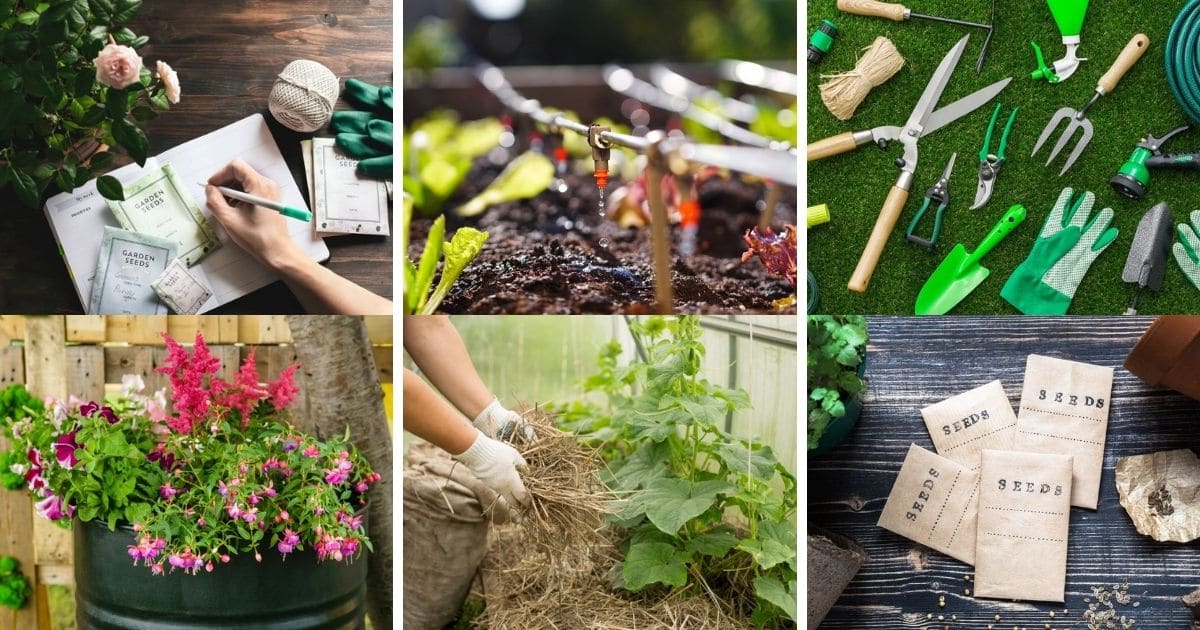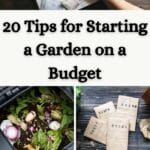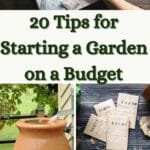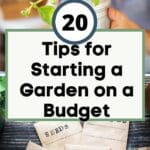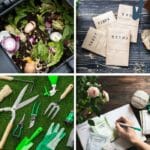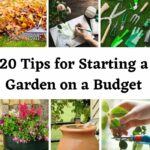[ad_1]
Gardening doesn’t have to be expensive.
In fact, not only is gardening a great way to save money on your monthly grocery bills, but it’s also a wonderful way to get some exercise without having to spend money on a gym membership. Of course, it’s also the perfect solution if you crave more time spent outdoors.
While gardening, in and of itself, is a cost-effective way to spend the day, starting a garden can be a bit trickier. There are all kinds of expenses you’ll have to pay for upfront, like seeds, soil, and containers.
However, there are some ways you can slash costs when you’re getting started in this kind of venture. Here are 20 tips for starting a garden on a budget – you’re definitely going to want to steal them!
1. Start From Seed If You Can
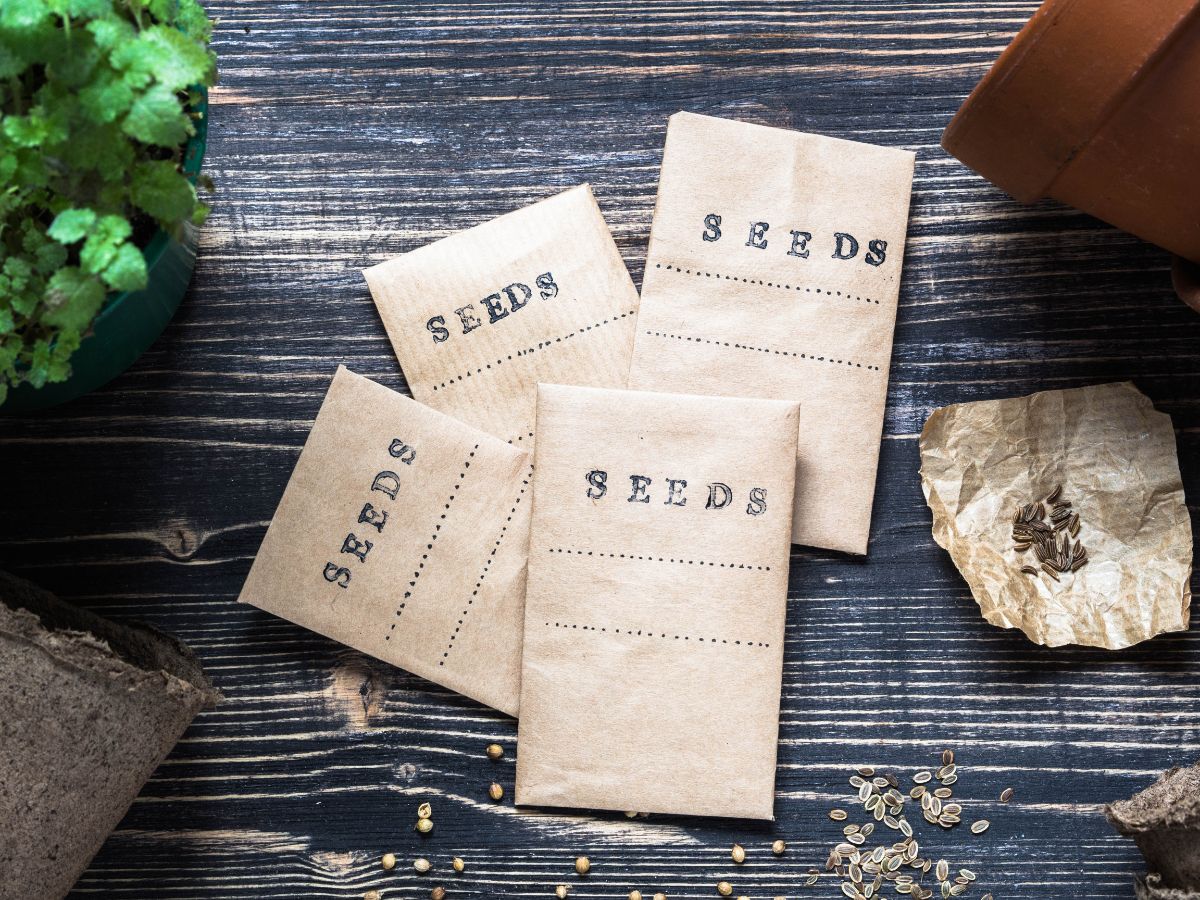
Starting plants from seed can be tricky, but once you get the hang of it, it’s almost always more cost-effective than growing your plants from seedlings you purchase at the store. A packet of 100 seeds is usually less than a couple of dollars while you’ll pay the same price for just one seedling. You do the math!
2. … and Save Seeds Whenever Possible
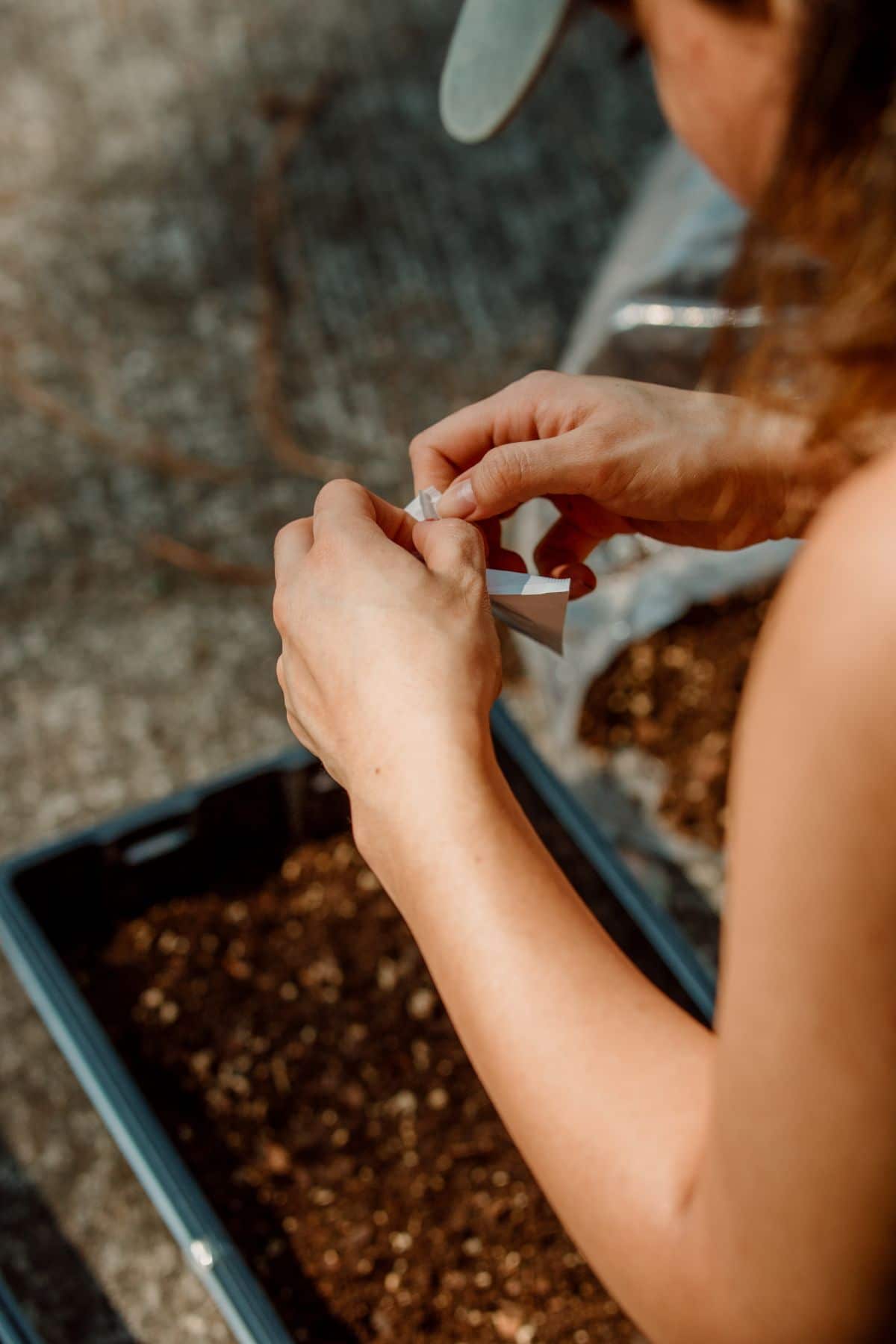
Over time, it’s entirely possible for you to grow a garden that is wholly self-sustaining, with zero expenses at all. Consider saving seeds from the plants you love the most this growing season, and next year, you won’t have to buy anything at all. Instead, you’ll replant the previous year’s seeds.
3. Use Free Soil Amendments
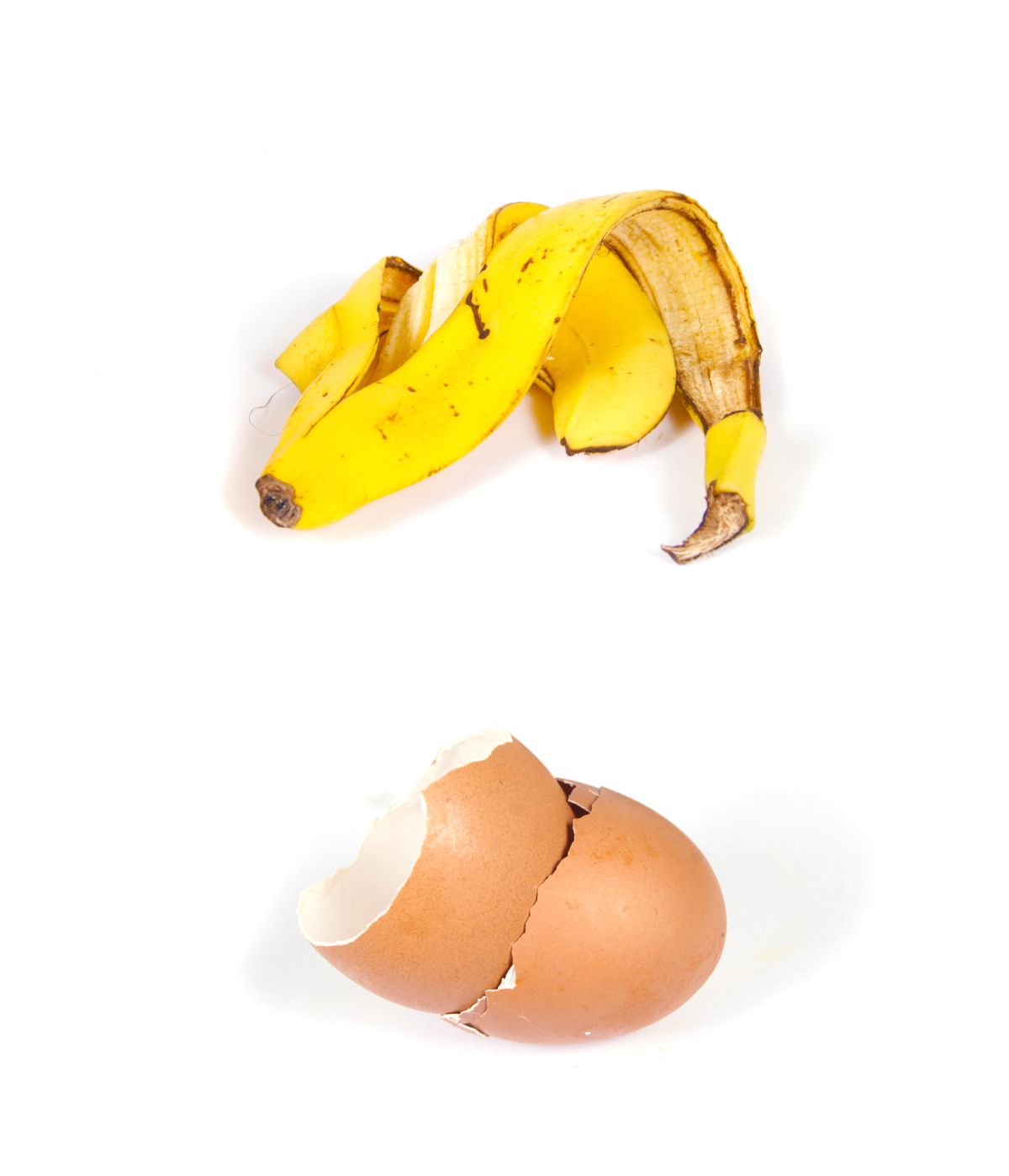
Soil low on potassium? Add a banana peel. Need some calcium? Eggshells should do the trick. Just look around you! There are all kinds of free materials you can use to fertilize or amend your soil.
4. Give Plant Swaps a Try
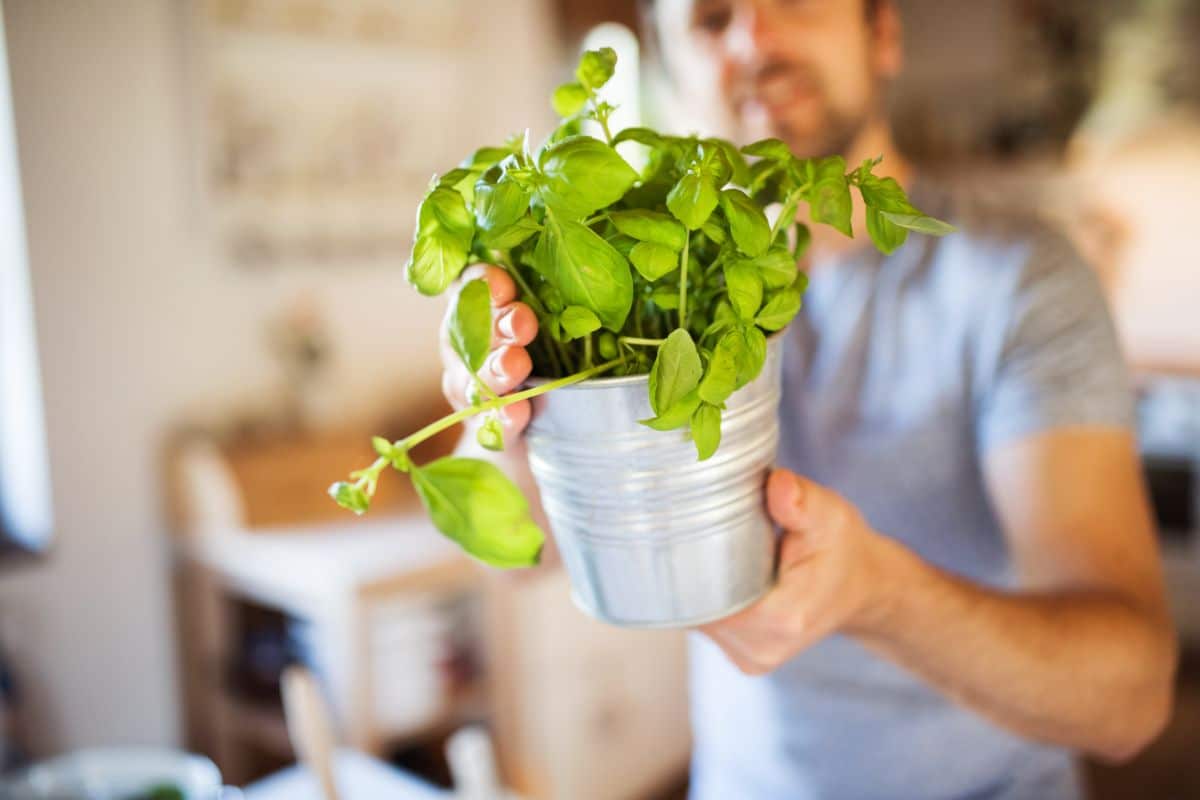
Lots of communities hold plant swaps, which are events at which plant lovers can meet up to exchange seeds or actual plants. This is a great way to score new, healthy plants as well as cuttings. Often, all you have to do is dig up a few plants and they’re yours. Check places like Facebook, Craigslist, or your local library to find details on these events in your area.
5. Look for Free Mulch
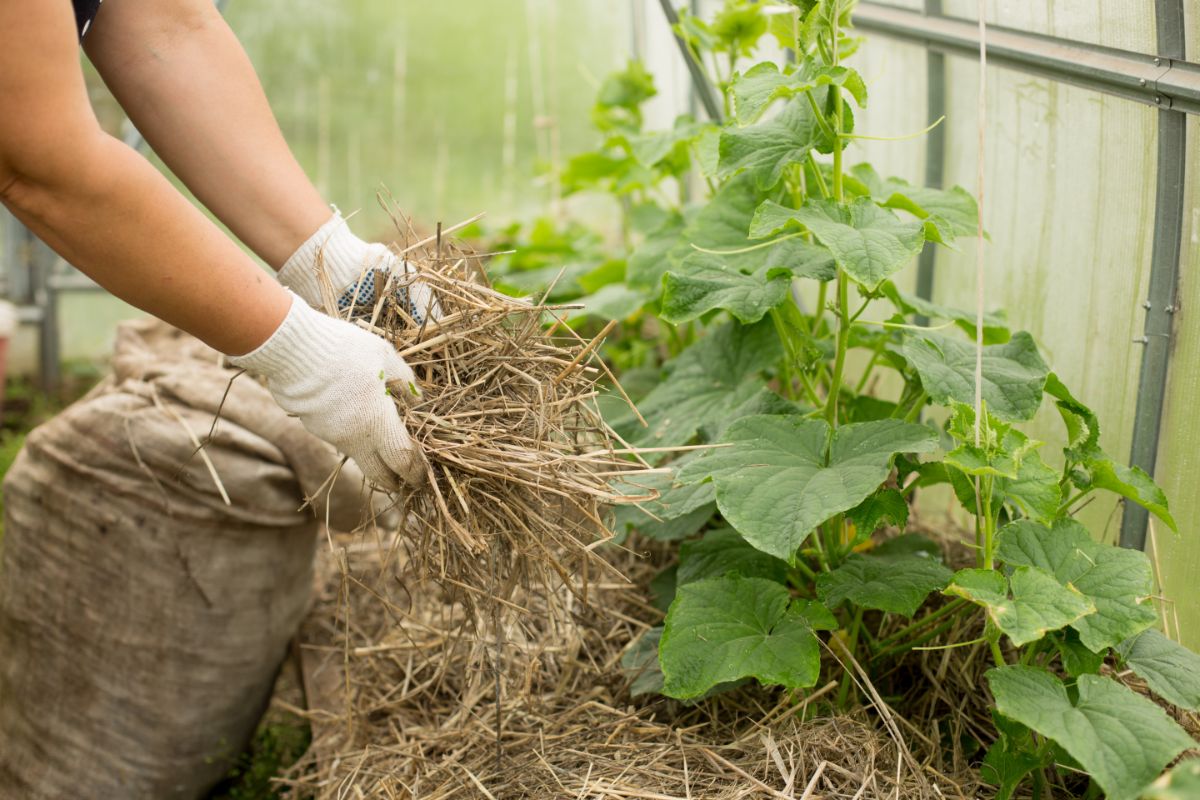
Adding mulch to the garden is an easy, no-brainer way to build soil quality, preserve soil moisture, and prevent weeds. However, buying bags of mulch from the store isn’t very cost-effective if you’re on a budget. Instead, check with your town hall to see if they offer free mulch or compost. You can also check with local tree services in your area to find out if they give away free wood chips.
6. Ask Friends for Cuttings
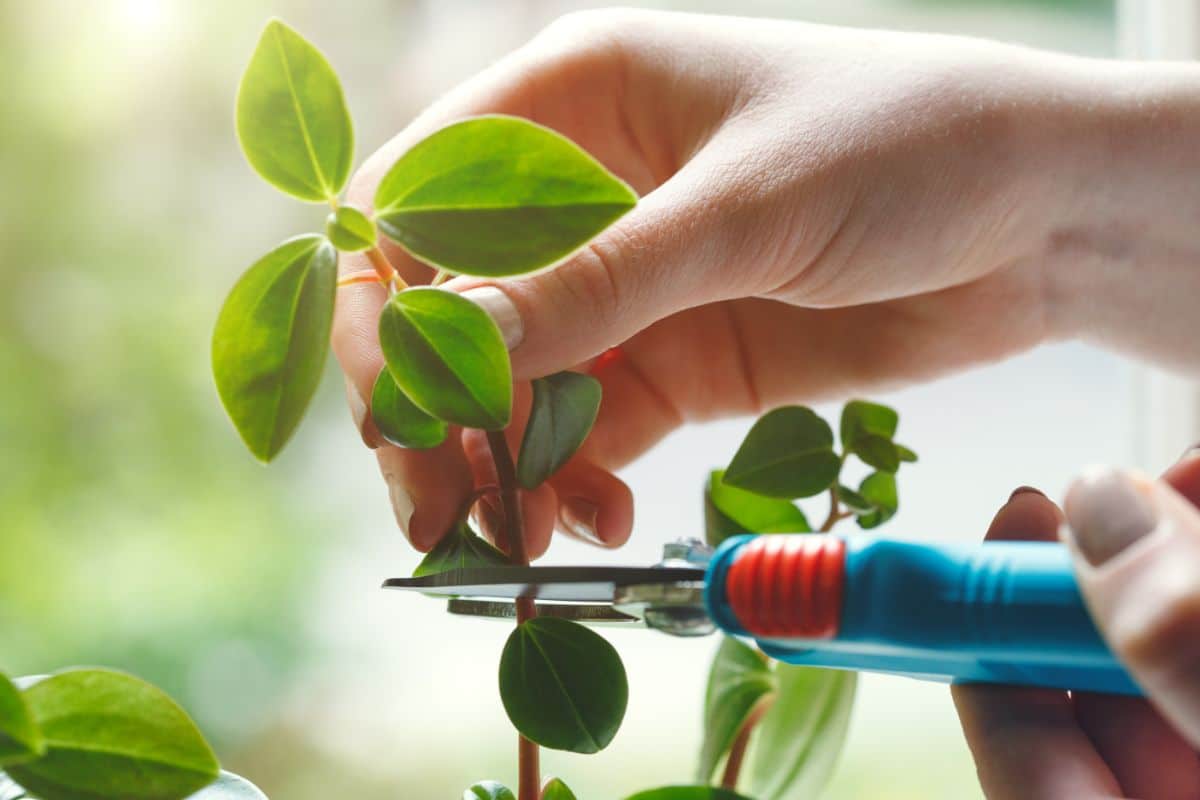
If your friend group consists of green thumbs, you may want to ask them for some cuttings of their favorite plants. Most perennials can be grown from cuttings, allowing you to share plants through techniques like grafting and air layering.
7. Shop in the Off-Season
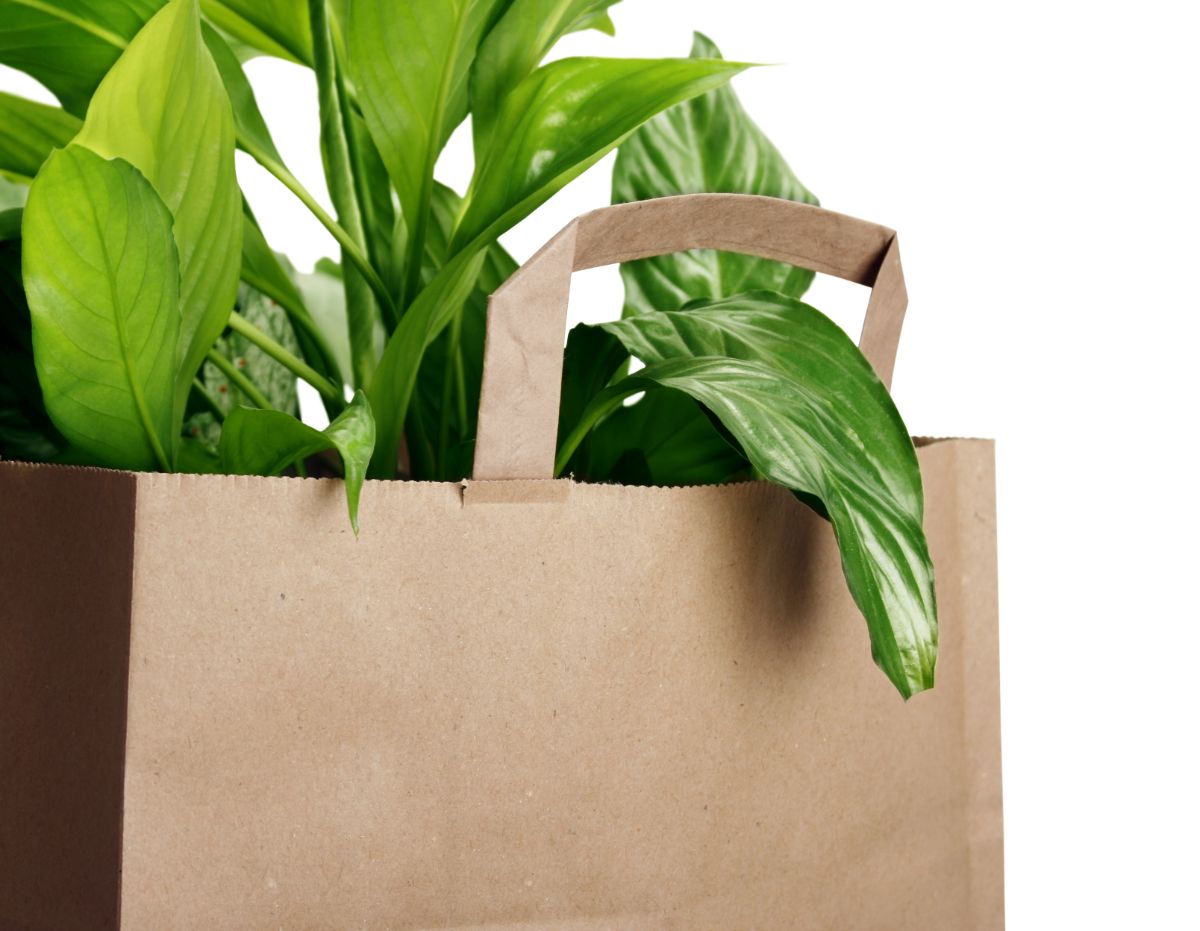
Don’t wait until the last minute to buy your seeds or plants. The best time to buy new plants is actually in the fall. Of course, you won’t want to buy warm-season annuals as the days are getting shorter, but fall is a great time to purchase new seeds or winter-hardy perennials. Often, nurseries offer huge markdowns in the fall, taking off 50% or more in order to clear their inventory.
8. Build a Compost Pile
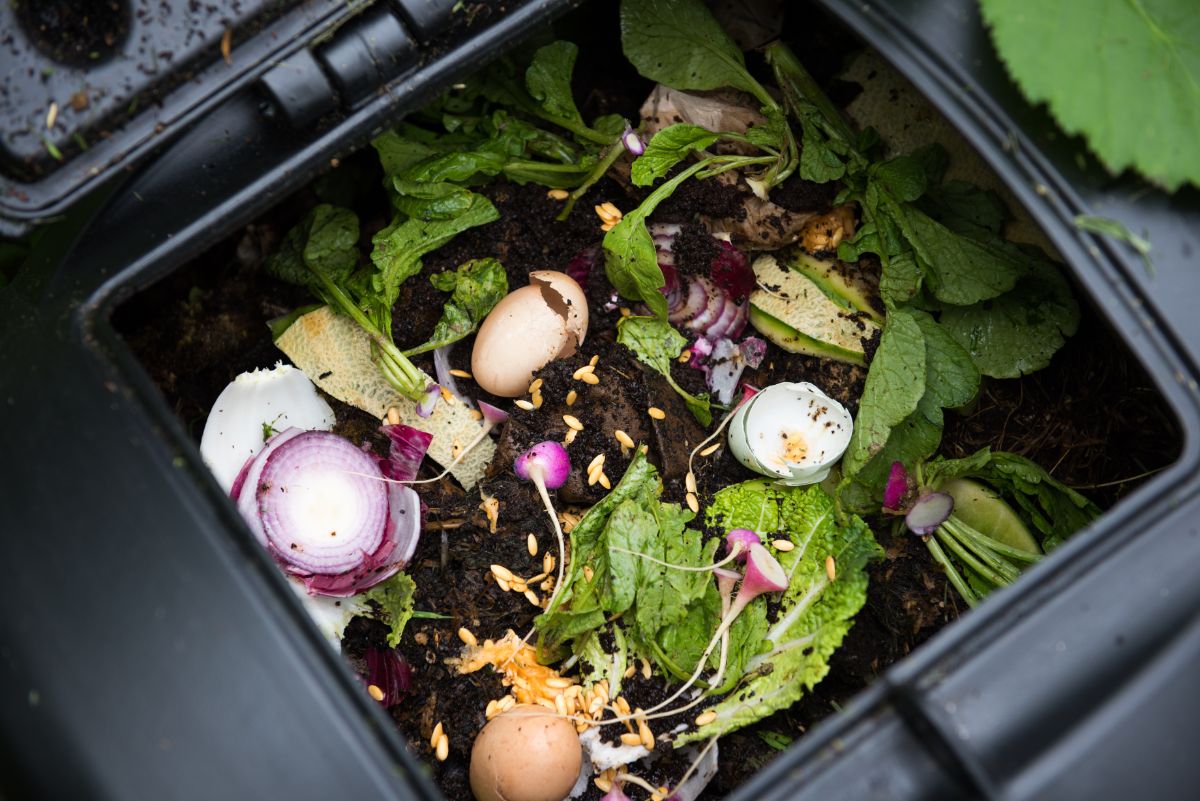
Starting a compost pile is hands down the most effective way to save money on soil for your garden. It can take some time – it often takes up to six months for a compost pile to fully cook – but the time spent waiting is well worth it. Compost is chemical-free and a great way to amend your soil.
9. Use a Rain Barrel
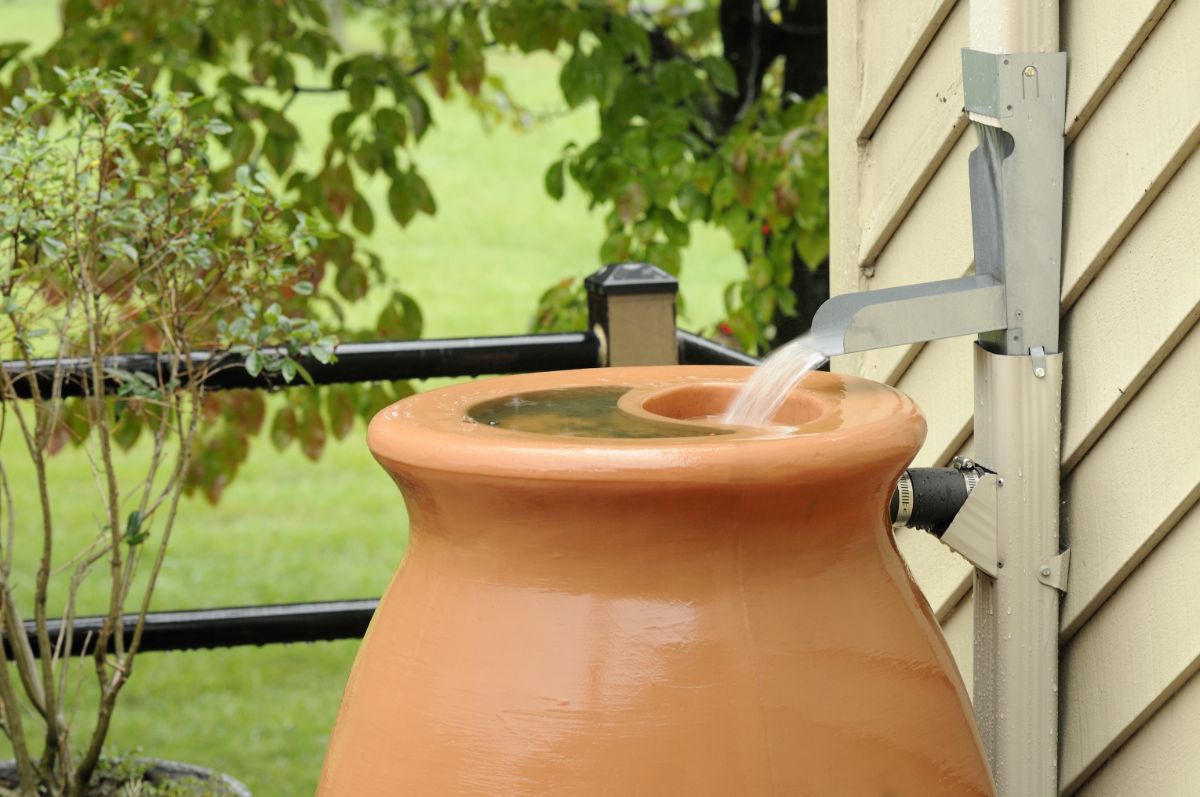
If you pay for water, you’re probably going to find watering your garden to be a major (yet necessary) expense. Rather than turning on the tap to hose down your plants, consider setting up a rain barrel. Did you know that lawn and gardening watering can suck up nearly half of your home’s water usage during the summer months? That’s according to the EPA. Instead, install a rain barrel so you can collect rainwater to use in your garden.
10. Use Recycled Materials for Raised Beds
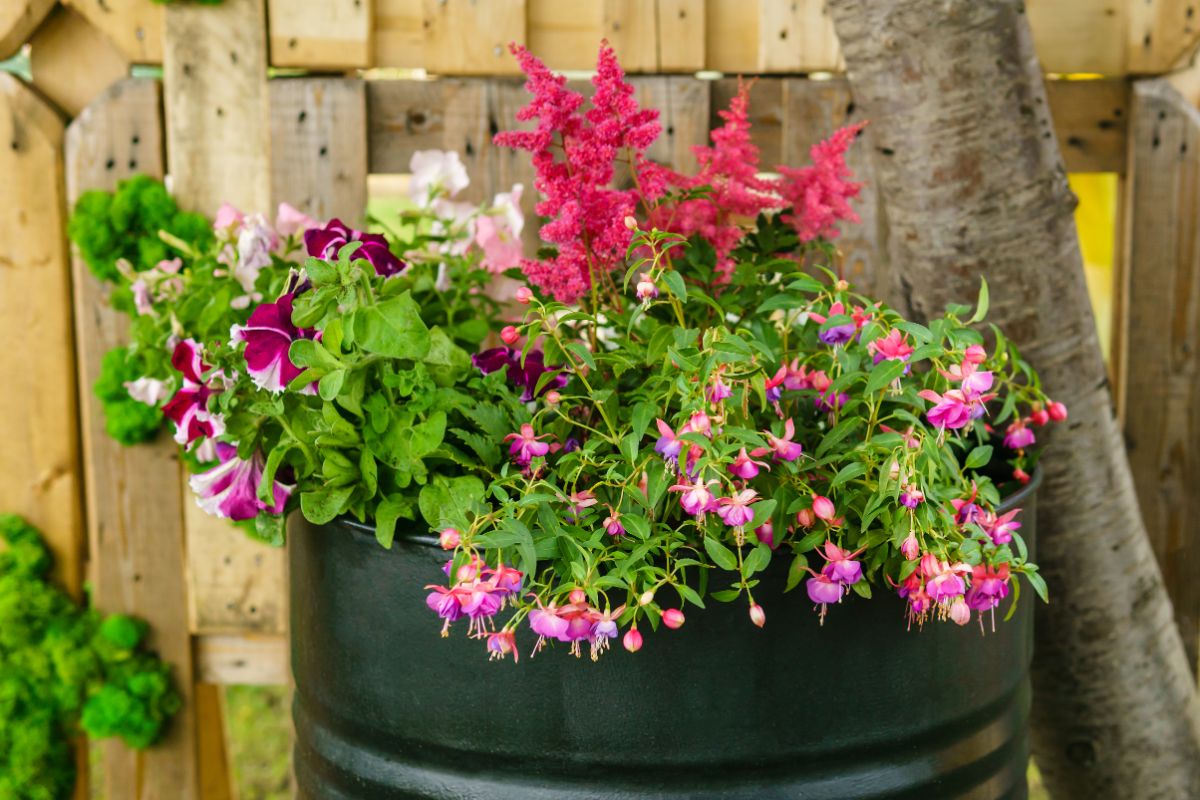
Contrary to popular belief, you don’t need to use pressure-treated lumber that you purchase at the hardware store in order to build raised beds. Instead, you can build your own raised bed from upcycled materials like old sinks or bathtubs, pallets, troughs, or buckets. There are some plants you can even grow in trash bags! Get creative and let the ideas come to you. There’s no need to spend a fortune!
11. Forego Aesthetics – for Now
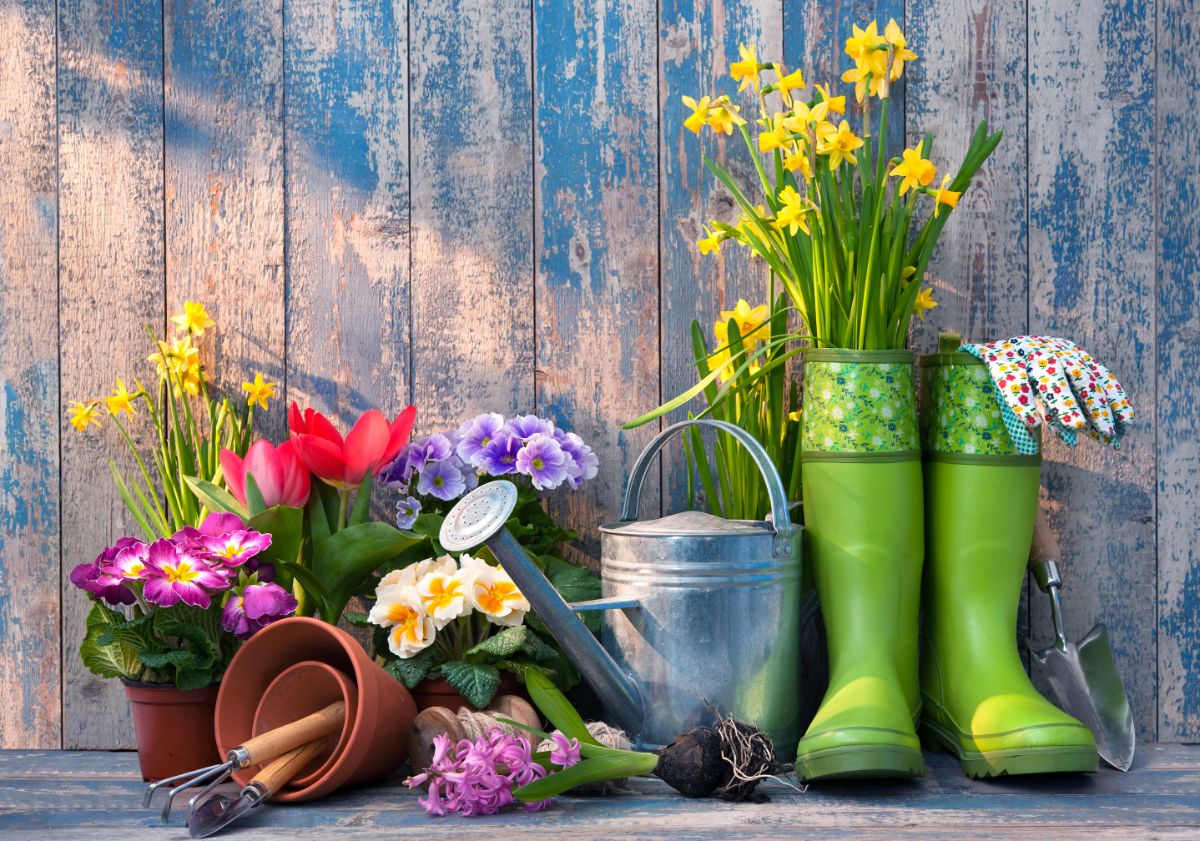
Unfortunately, a budget-friendly garden isn’t always going to be the prettiest garden. If you’re okay with overlooking appearances for just one year, that’s great – your garden will be much more affordable and you can add to its visual appeal over time.
12. Don’t Spend Money on a Designer
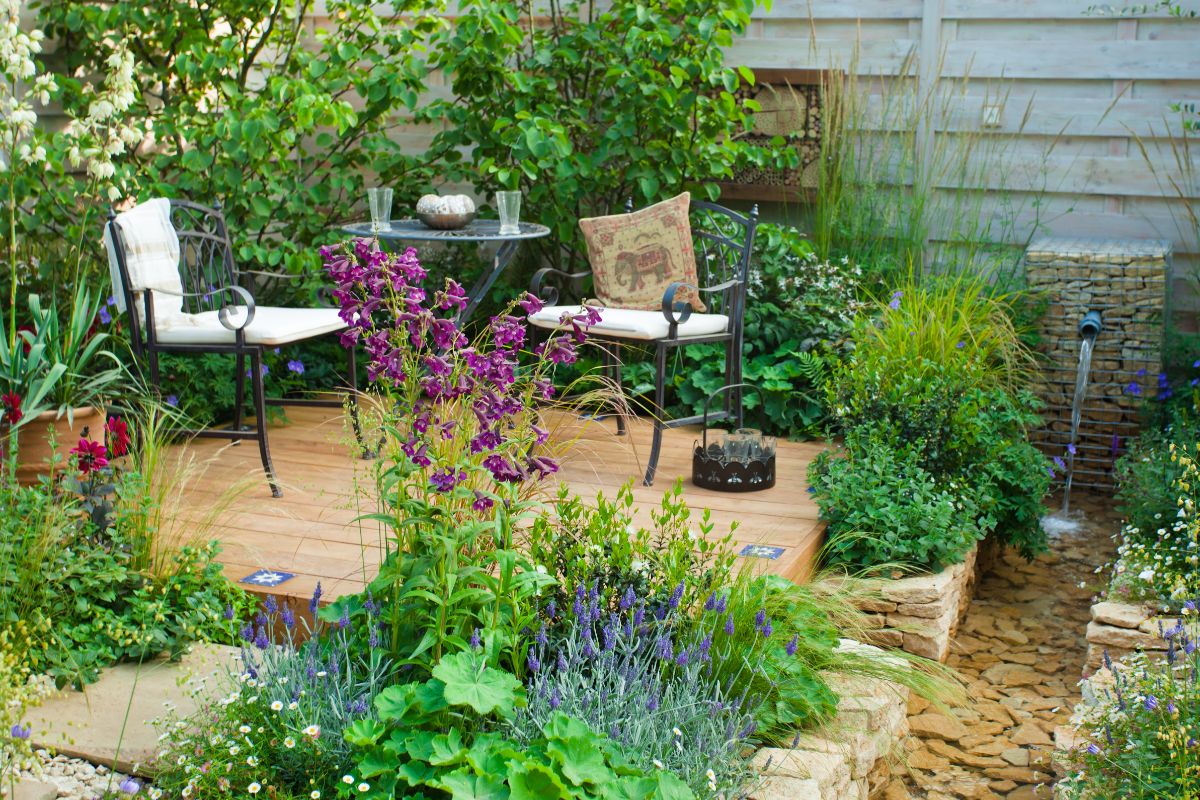
So many people spend an exorbitant amount of money on gardening or landscape design. In reality, this is not a necessity – particularly not with the availability of all kinds of gardening resources online. Rather than splurge on a formal landscape design company, do the work yourself. It doesn’t have to look perfect – it just needs to be effective!
13. Try Hugelkultur
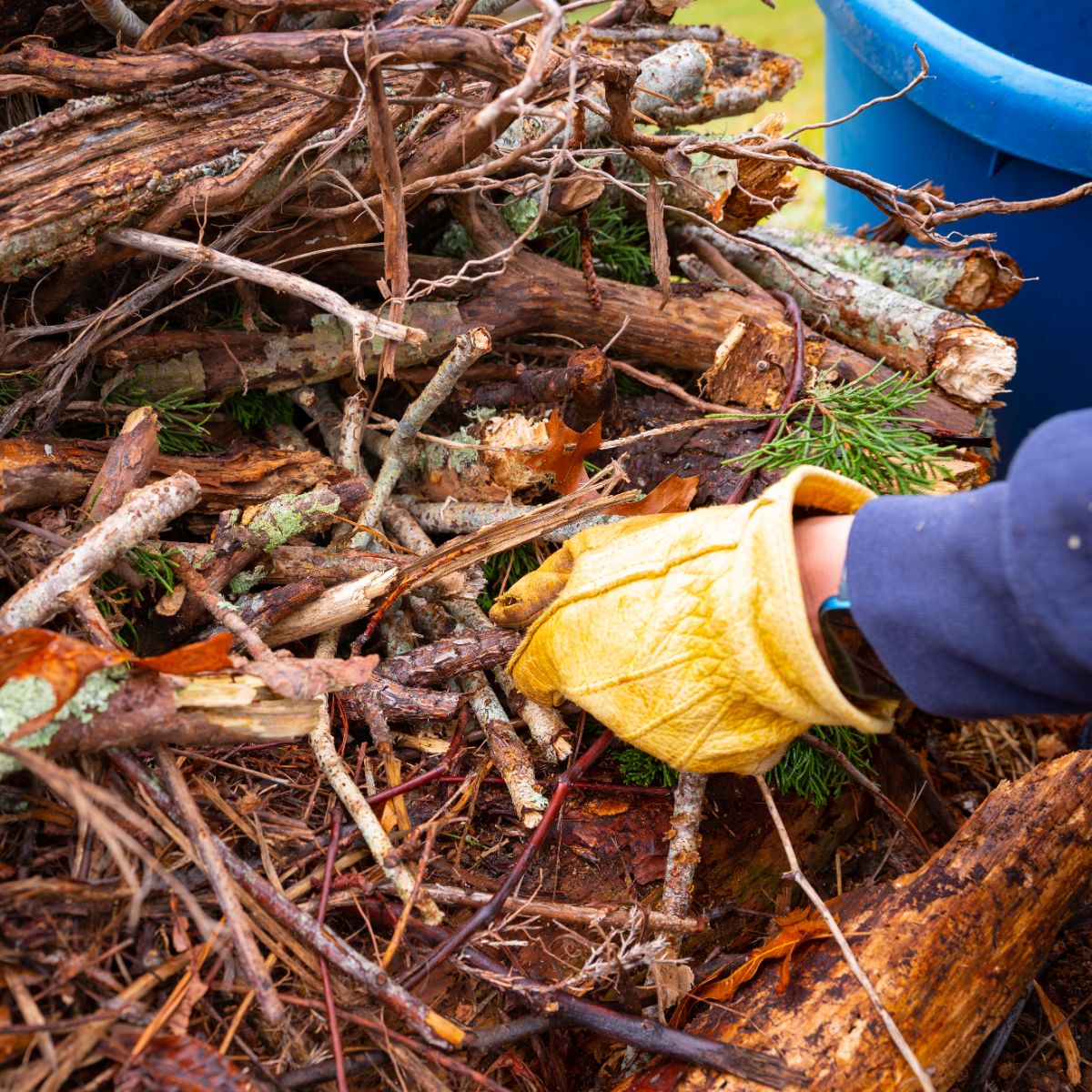
Can’t afford soil for your raised beds – and don’t have time to make enough compost to fill them instead? If so, you might want to consider hugelkultur. This unique technique involves layering and mounding materials in a bed that will break down and provide a wonderful, aerated growing medium for your plants.
How is it different from composting? With hugelkultur, your bottom layers will consist of things like large logs and chunks of wood. This takes up a lot of space that doesn’t have to be filled with expensive soil.
14. Choose the Right Tools
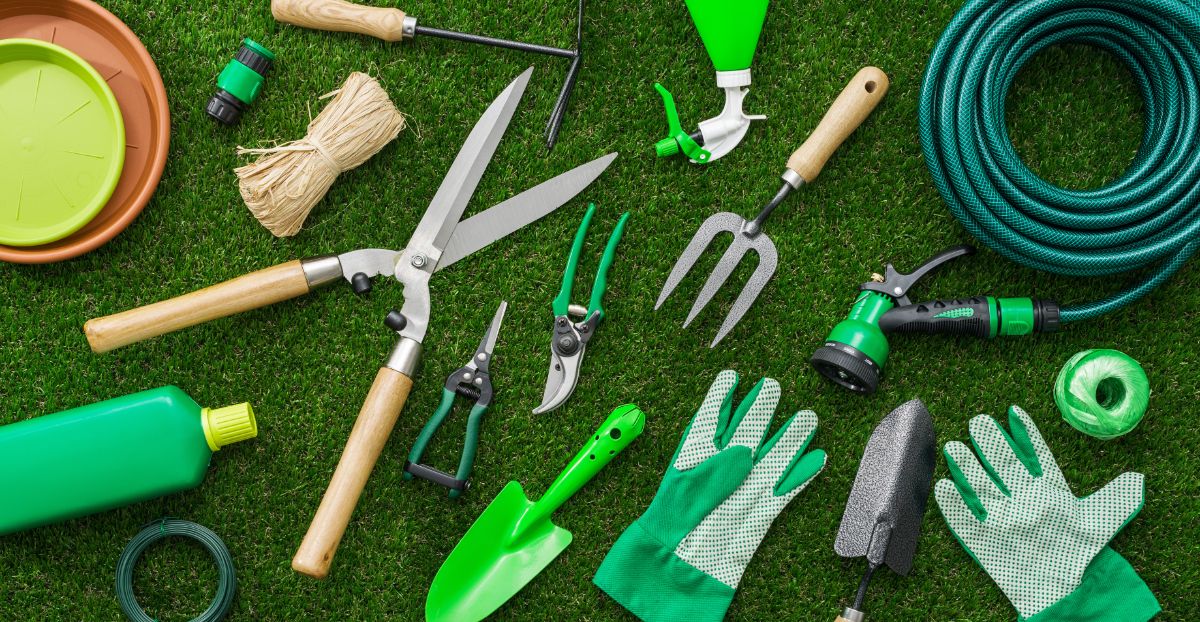
You don’t need an expensive gas-powered rototiller or a $50 pair of gloves to start gardening. In fact, there are very few tools you actually need. You can start out with cheap tools as long as they are fully functional. If you don’t have any tools at all – and no money to spend on them – you might want to think about asking around. Your neighbors may be willing to share what they have with you!
15. Pick Up Leaves
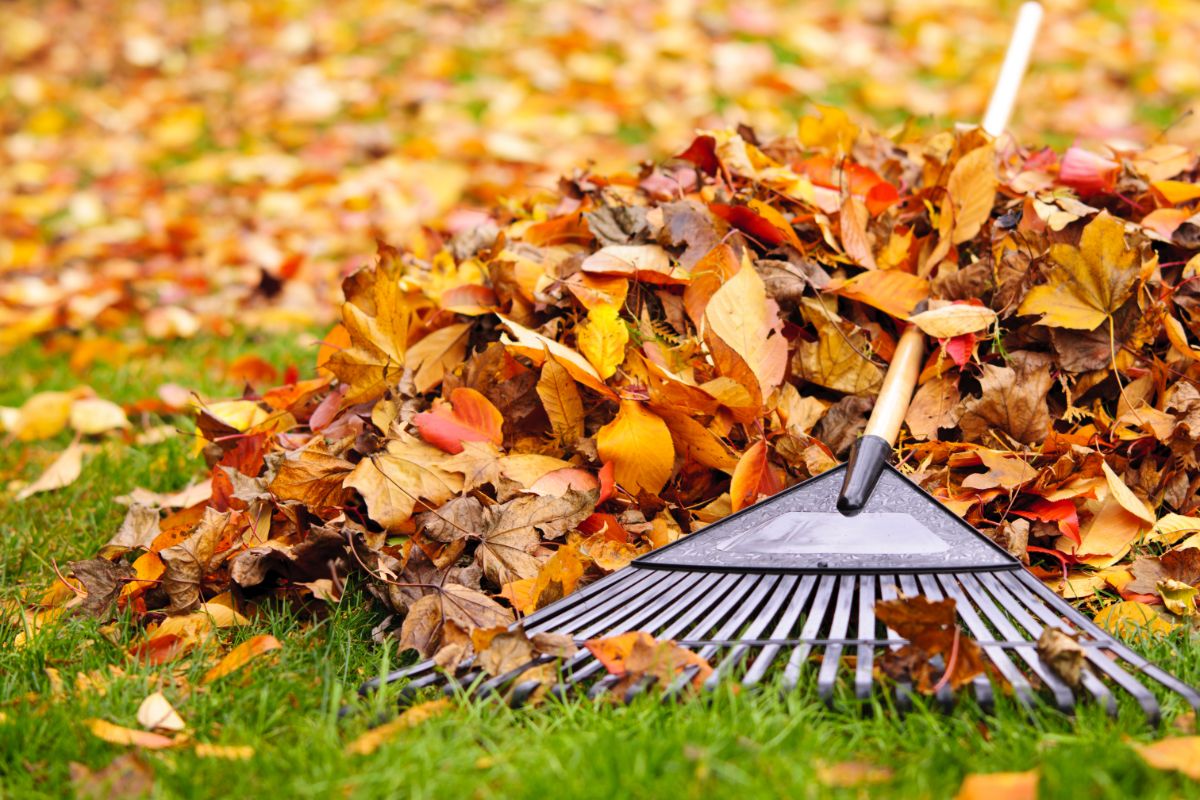
Each fall, spend some time raking up and saving the leaves that gather on your lawn. Don’t rake them into a bag and throw them out! Instead, use the leaves as mulch or add them to your compost.
16. Go Organic
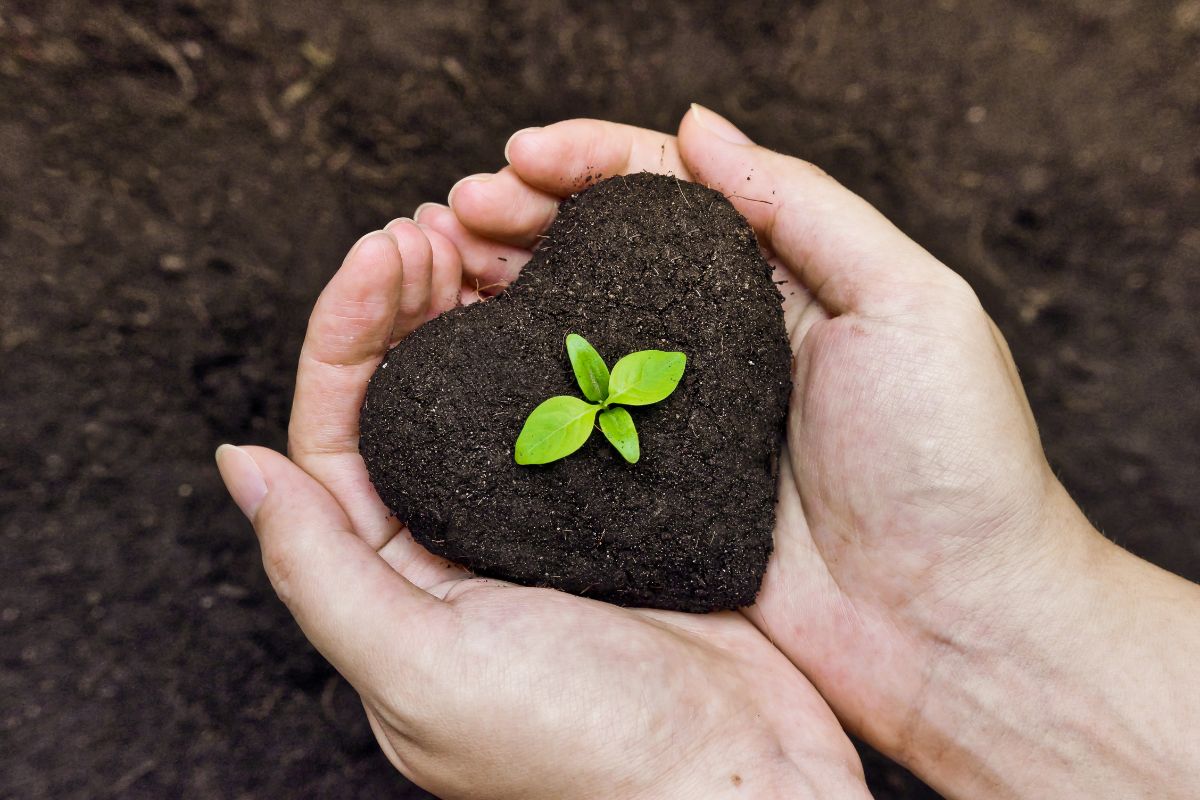
Don’t spend money on organic fertilizers, of course – but steer clear of chemicals whenever possible. Not only are chemical-based fertilizers, herbicides, and pesticides totally unnecessary (there are plenty of all-natural substitutes!) but they’re also expensive. Forego them, and you’ll likely find that you saved a ton of money as a result.
17. Repurpose Household Items
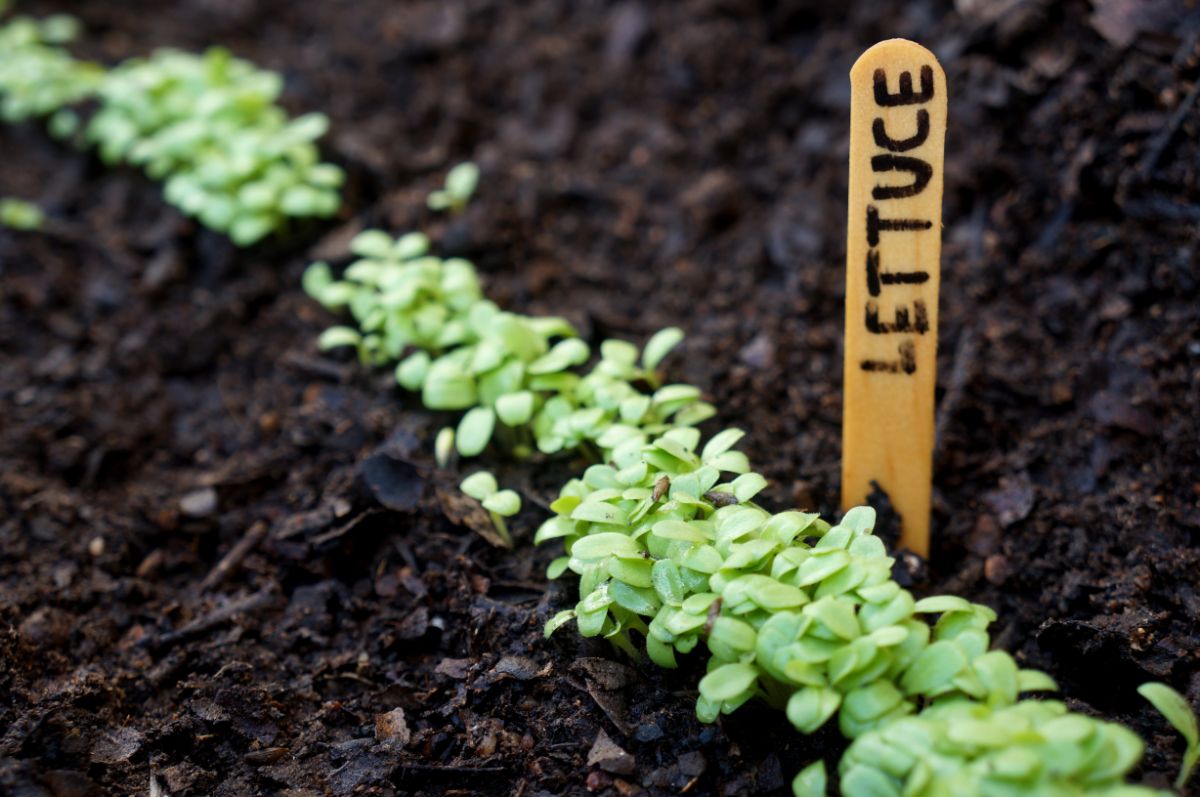
Need some garden markers? A fence? Something to collect your harvest in? Don’t run off to the store every time you have such a need. Instead, look around you to see what items you have already that might be useful. You can make your own garden markers out of repurposed items like wine corks or old spoons. Build a fence out of rocks you collect from the yard. Get creative!
18. Get Free Advice
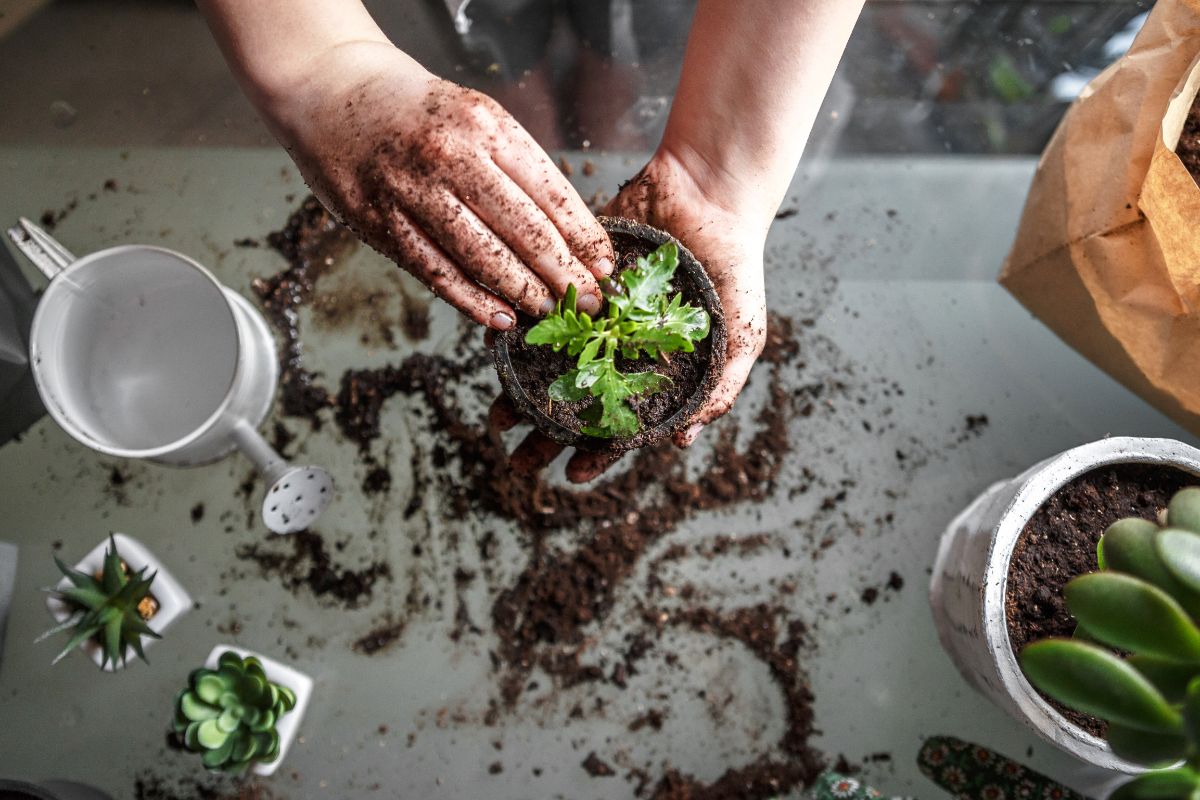
Don’t pay for something you can get for free! The Internet makes all kinds of gardening resources free – and easy to find. If you can’t find information specific to your growing zone online, check with your local cooperative extension. They’ll be able to give you the best advice on how to garden where you live – all without charging you an arm and a leg.
19. Use Drip Irrigation
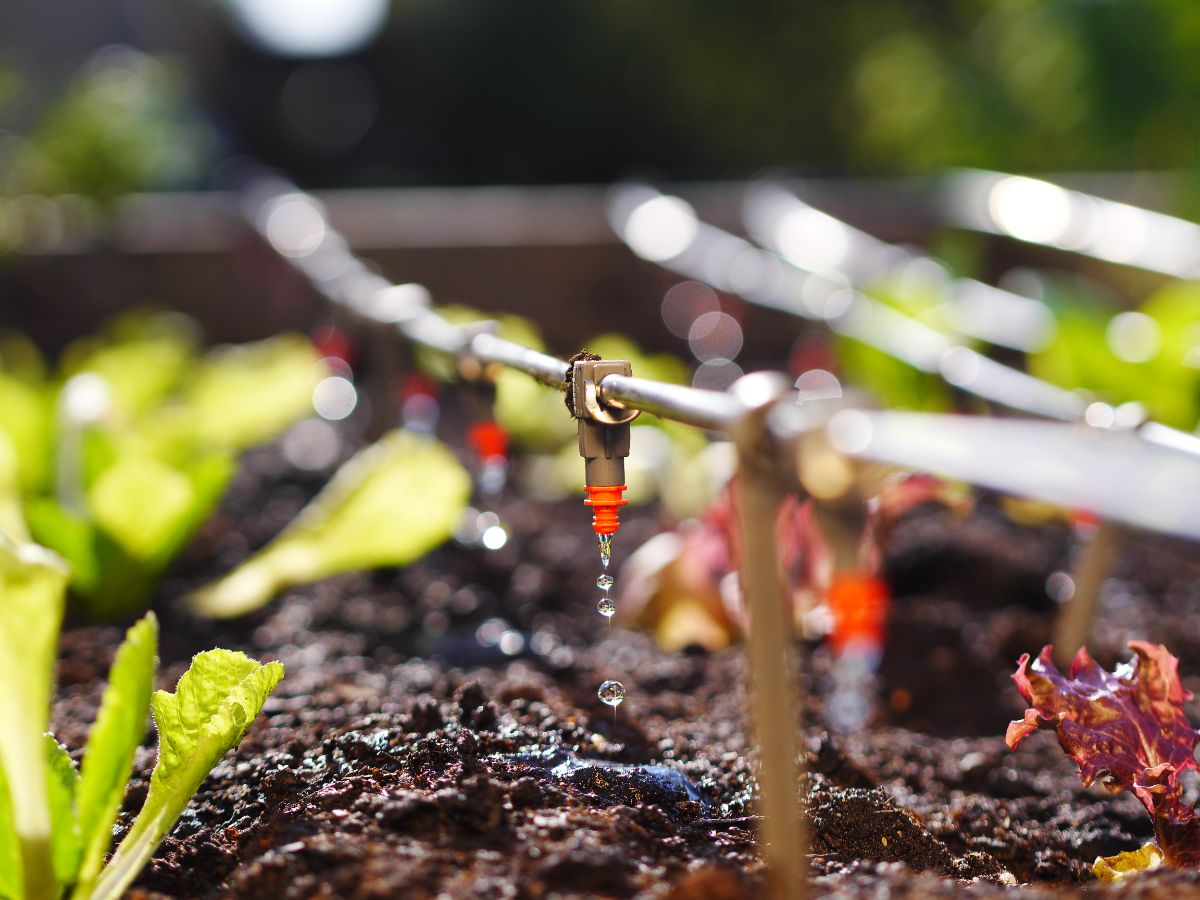
Using a sprinkler to water your garden is not the most efficient strategy. Not only does it waste a ton of water, but it often provides too much water at inopportune times, leading to issues like rot as your plants’ foliage gets wet and does not have the opportunity to dry out. Instead, use drip irrigation. This will provide water exactly where the plants need it, saving you both stress and money in the process.
20. Plan Ahead
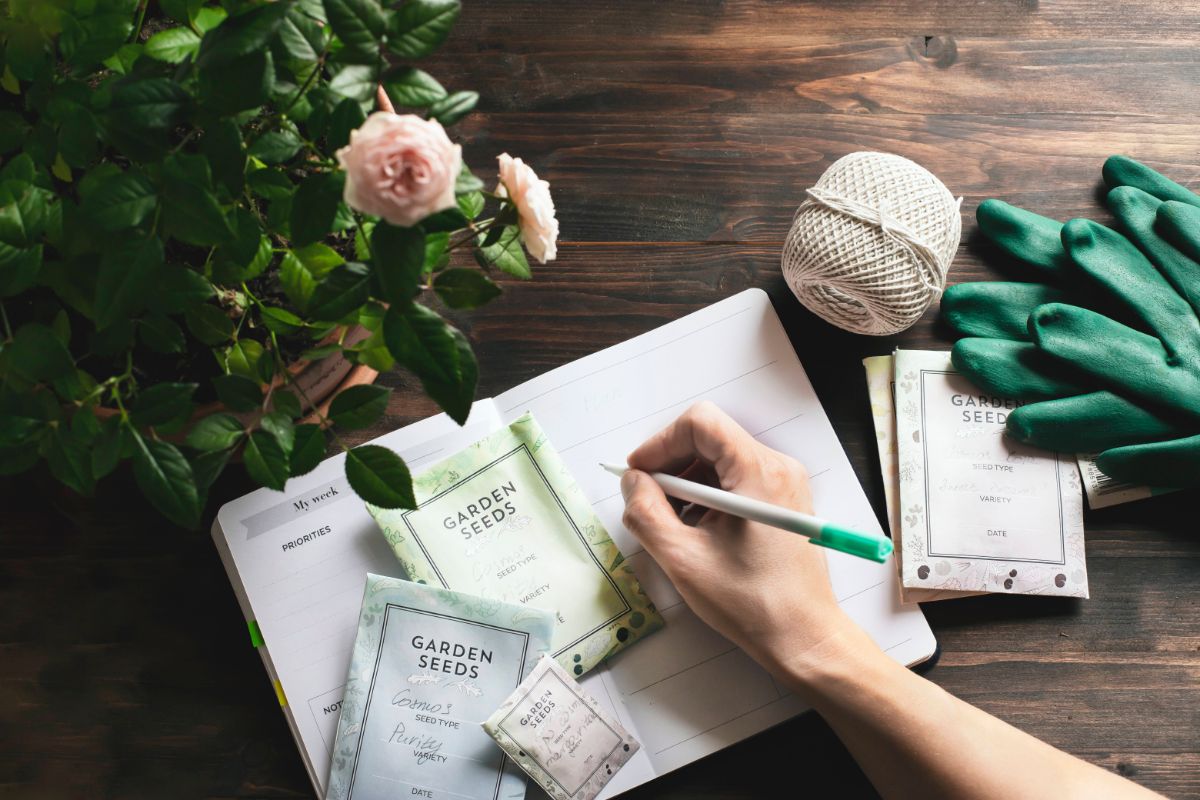
You’re going to spend a lot more money if you’re always doing things haphazardly and at the last minute. Plan out your garden ahead of time so you can get the best deals on seeds, tools, and other materials. Planning will also prevent you from making splurges or impulse buys “just because.” Just as you should never go grocery shopping on an empty stomach, you should never garden when you have spring fever!
Start Slow to Save Money
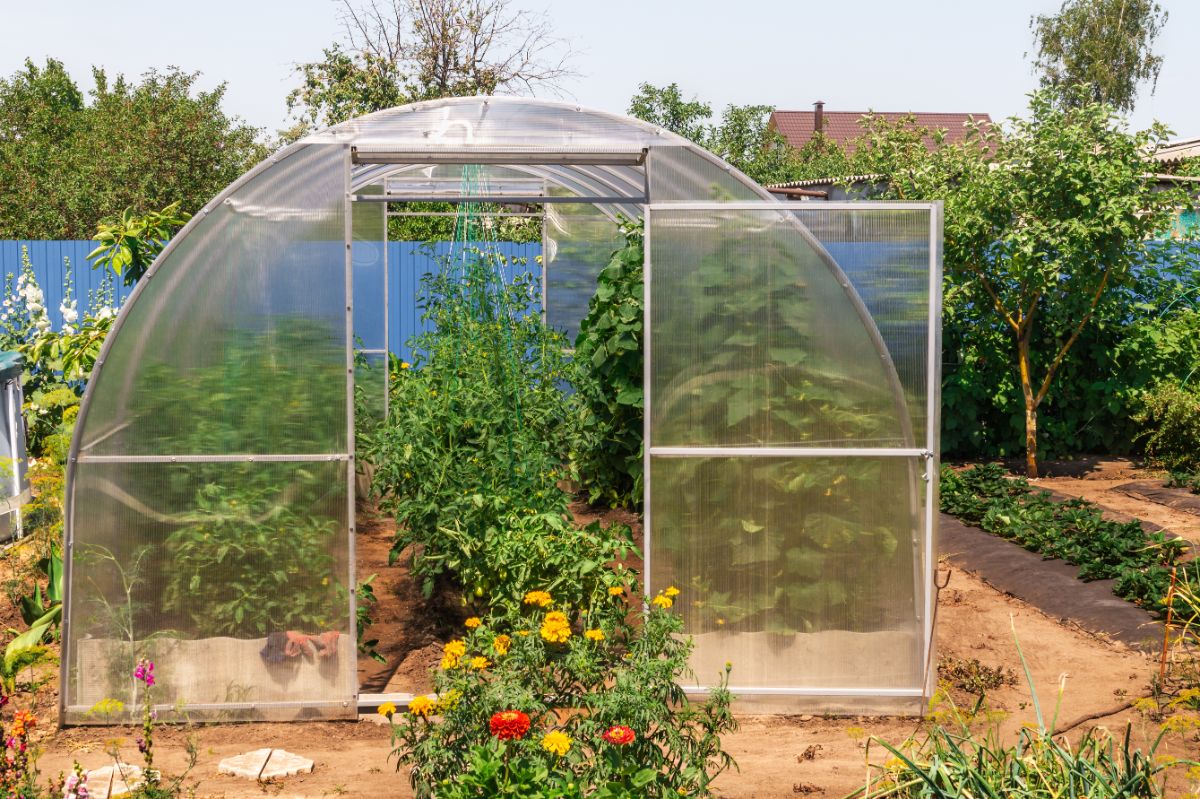
The very best tip for starting a garden on a budget? Take it easy on yourself. It can be tough to decide which elements you should spend money on when you’re first starting out – you may want to plant all the plants, grow all the vegetables, and have the best-looking garden on the block.
For many people, though, this simply isn’t practical. Take it one step at a time and set a budget for yourself – once you reach that budget, stop buying plants, seeds, or building materials. You can build up year after year – you’ll be surprised at how large and productive your garden will become over time when you exercise just a little bit of restraint at the beginning!
[ad_2]
Source link

